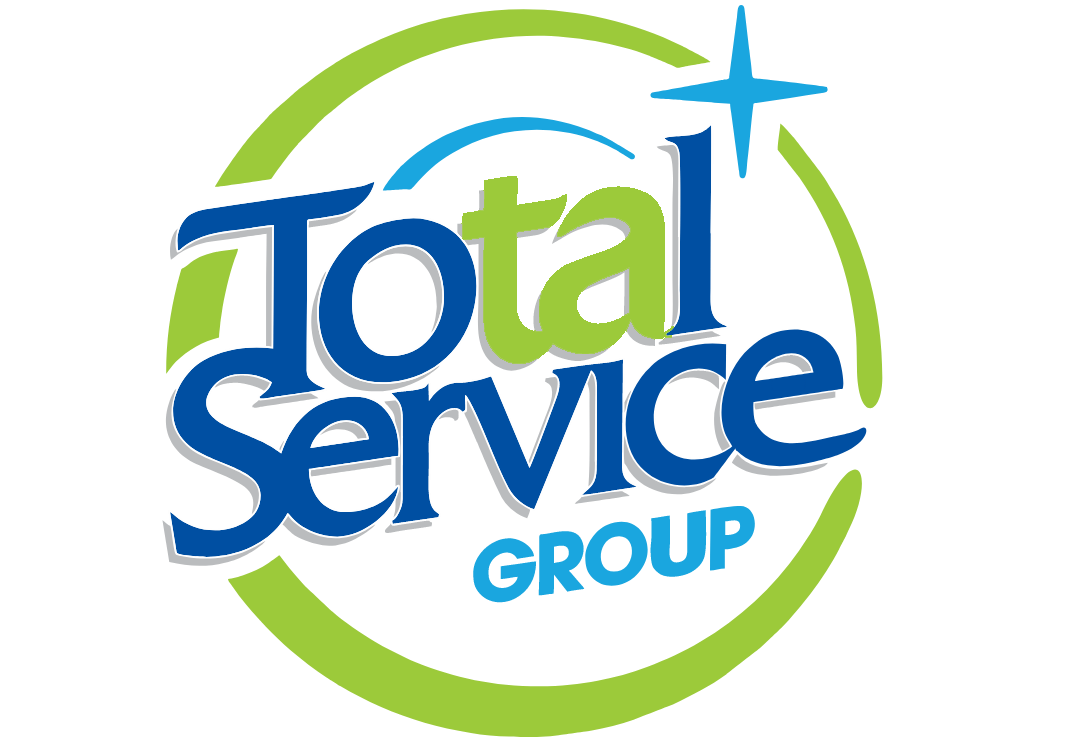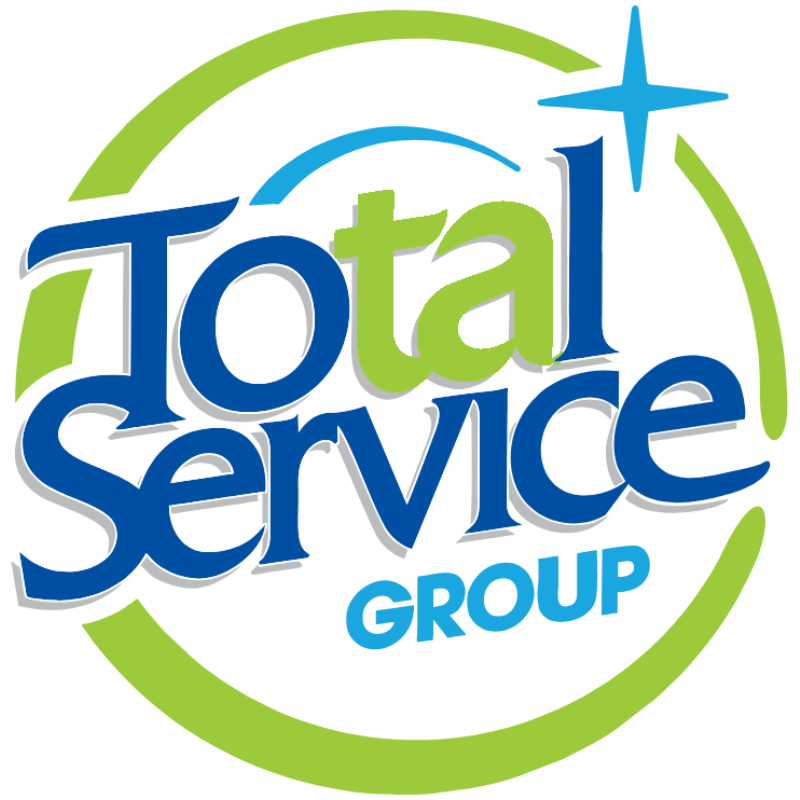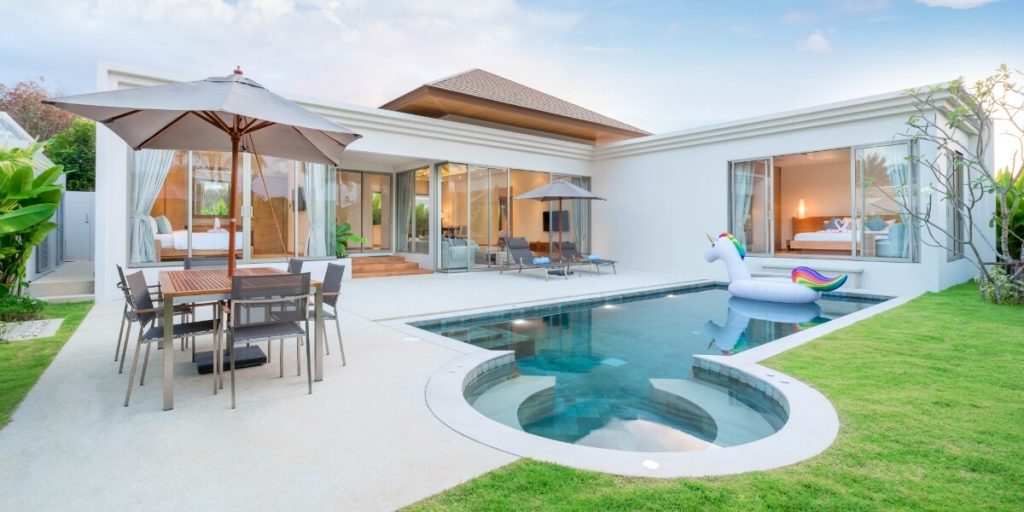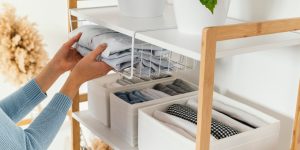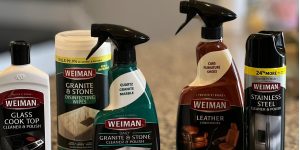Step 1: Prepare the space for cleaning
Ventilate rooms before and during cleaning. Regulatory authorities such as the World Health Organization (WHO) and the US Centers for Disease Control and Prevention (CDC) recommend opening exterior doors and windows and using fans to promote circulation of air in the space before beginning to clean and sanitize. Ventilate the space for as long as possible before and during cleaning.
Gather the proper cleaning supplies. We recommend that you only use disinfectant solutions approved by the health authorities of your country or the control entities of your region (for example, the European Agency for Chemical Substances and Mixtures).
Review chemical safety guidelines. Always read product labels to find out what the active ingredients are and how to use them correctly.
Wash your hands for at least 20 seconds with soap and water. If that’s not possible, use a hand sanitizer that contains at least 60% alcohol and check with your local government agency for the latest guidelines.
Wear protective gear. Before entering the space, we recommend that you wear protective equipment, such as gloves and disposable masks or cloth face coverings.
Take out all the trash. By starting with this step, you prevent trash from contaminating the space once it’s been cleaned. Be sure to put new bags in all trash cans, this will make it easier to dispose of tissues and other trash.
Remove all household textiles that are dirty. According to what the hosts have told us, laundry is one of the tasks that takes the longest and must be done between each stay. Remove bedding as soon as you enter the space, and avoid shaking it, as this could increase the spread of germs.
Unplug it before cleaning it. For your safety and in order to protect the appliances, remember to unplug the appliances before cleaning them. Even if they are turned off, appliances remain connected to the electrical current until they are unplugged. You can also cut off the power from the switch.
Safety reminder: We recommend that you wear clean protective gear before entering a space. Read all chemical safety labels so you know how to use them correctly.
Step 2: Clean up dust and dirt
Cleaning is about removing germs and dirt from surfaces (for example, using a cloth with soap and water to clean kitchen counters and stovetops). It is important that you complete this step before sanitizing the space.
Wash bedding and other textile items at the maximum temperature recommended by the manufacturer. Remember to wash your hands before touching clean bedding.
Wash all the dishes and empty the dishwasher. In order to guarantee hygiene standards, it is very important to wash all the dishes. If you don’t have a dishwasher, wash the dishes with hot water and antibacterial dish soap. To avoid cross contamination, start by going through the space and picking up the dishes from each room.
Shake up the space and sweep or vacuum the floor. When you shake, start from the top down to make sure there are no visible traces of dirt. Sweep all the floors and vacuum the carpets.
Clean hard surfaces with soap and water. Clean all surfaces to remove dirt, grease, dust and germs. Hard surfaces include kitchen counters, tables, sinks, cabinets, and floors. When mopping, start at the back and toward the front of the room, then dump the water into a sink that hasn’t been cleaned yet.
Clean smooth surfaces according to manufacturer’s instructions. Soft surfaces include rugs, bedding, and upholstery. If they are dirty, carefully remove any visible dirt and then clean with the appropriate products. If possible, machine wash items according to the manufacturer’s instructions.
Safety reminder: To prevent the spread of germs, do not touch your face while cleaning.
Step 3: Sanitize with disinfectant
Sanitizing consists of using chemicals to reduce the number of germs and bacteria. In this step, we ask hosts to sanitize all high-touch areas. For example, hosts can disinfect door handles, light switches, and furniture by spraying these surfaces with chemical disinfectant.
Once the hard surface is clean, spray it down with disinfectant. Focus on sanitizing all frequently touched surfaces in the space (such as doorknobs and light switches). Be sure to sanitize electronics according to the manufacturer’s cleaning instructions.
Let the disinfectant work for the specified time. The product label specifies the contact time necessary with the liquid for the chemicals to effectively sanitize a surface. This allows time for the chemicals to kill as many germs as possible.
Allow surfaces to air dry. If you dry the surface before the listed contact time, there is no guarantee that the product has killed the pathogens it lists on the label.
Safety Reminder: Please refer to all safety labels to ensure you are using cleaning chemicals correctly.
Step 4: Review your checklists for each room
You will have access to specific checklists based on your accommodation details. See what the best practices are for each room in each checklist and share them with the hosting team or professional cleaning.
Make sure you have sanitized all high-touch surfaces. If you forgot something, this is the moment to solve it.
Pay attention to any maintenance issues or missing items. As you walk through the space to check that it’s finished, make a note of any items that need to be replaced, refilled, or restocked.
Step 5: Replace the products and leave everything ready
To avoid cross-contamination, it’s important to finish cleaning and sanitizing a room before it’s ready to welcome the next guest.
Discard and wash your cleaning supplies. Throw away disposable products, such as disinfectant wipes. Be sure to clean any other tools that have been used. Wash cloths at the highest possible temperature that is suitable for the material.
Safely remove your finished cleaning protective gear. Discard or wash it according to its directions for use.
Wash your hands for at least 20 seconds with soap and water. If that’s not possible, use a hand sanitizer that contains at least 60% alcohol and check with your local government agency for the latest guidelines.
Visually survey each room to ensure the space is ready to welcome the next guest. Imagine that you are a guest entering the accommodation for the first time.
Provide cleaning supplies for your guests. Guests have told us that they would like to be able to clean during their stay. Post any products they may use, such as hand sanitizers, paper towels, disinfectant spray or wipes, and extra hand soap so your guests can clean up.
Replenish cleaning supplies. Be sure to check expiration dates and refill any products you’ve used to get everything ready for your next cleaning.
Safety Reminder: Always keep chemicals out of the reach of children.
